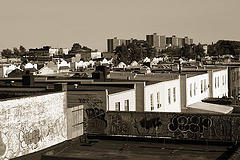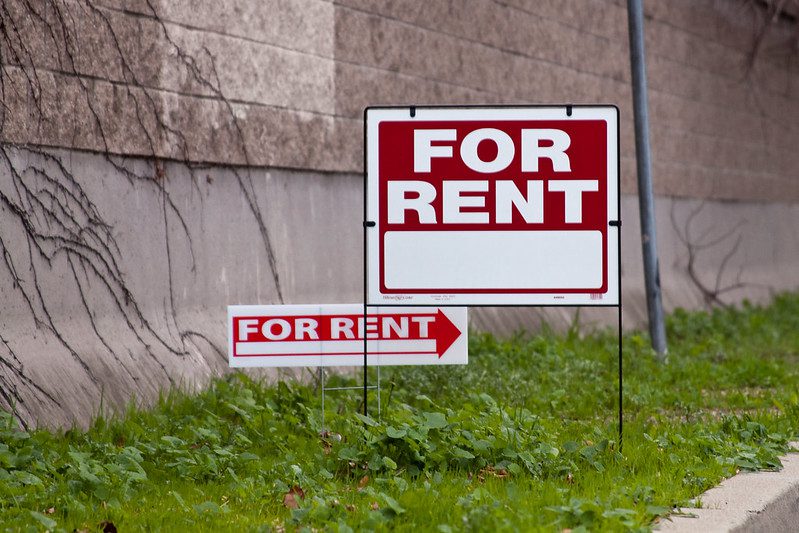Doug Henwood, editor/publisher of Left Business Observer, has an interesting piece in the Nation this week that argues that gentrification and displacement in New York City are aided and abetted, and really even driven, by plans developed by bodies like the Regional Plan Association as far back as 1929:
The deindustrialization of the city—more than 700,000 manufacturing jobs, two-thirds of the total, disappeared between 1950 and 1990, a period when national factory employment rose by more than a third—wasn’t merely the product of “outside forces” like globalization and technological change. It was planned, via the influence of the RPA and other entities like the Real Estate Board of New York on the city planning apparatus. Instead of protecting manufacturing as a valuable resource using zoning and tax breaks, exactly the opposite tack was taken: zoning changes and tax breaks designed to squeeze the little factories out and replace them in accordance with the six-part hierarchy of … (1) financial business, (2) fancy retail, (3) fancy residential, (4) inferior retail, (5) wholesalers and, at the bottom of the list, (6) industry and working-class housing. The ultimate goal was to turn the city into one of the peaks at the commanding heights of global economic activity: finance, senior management and media.
This reminds me of what Mindy Fullilove said in our author roundtable last year about how economic and racial sorting was driven policies and the first thing to do is stop those policies.
(Henwood gives an example of an alternative, pro-working-class-jobs form of economic development in the Brooklyn Navy Yard, and points out that many citizen-driven plans exist that would not have these effects.)
What would it mean for our attitudes about and approaches to gentrification and displacement if we saw it as the result of larger plans, incentives, and subsidies, rather than a market force to be mitigated?
(Photo of Brooklyn by Alexa Noor, CC BY-NC)





Comments